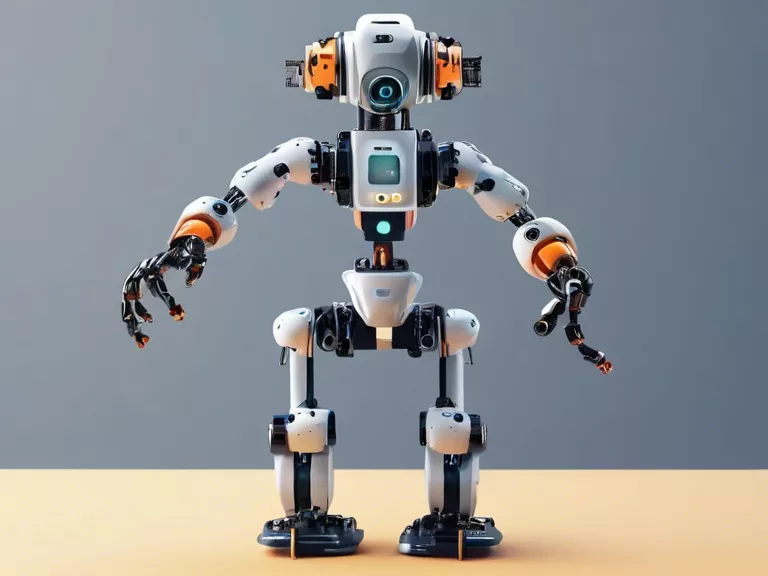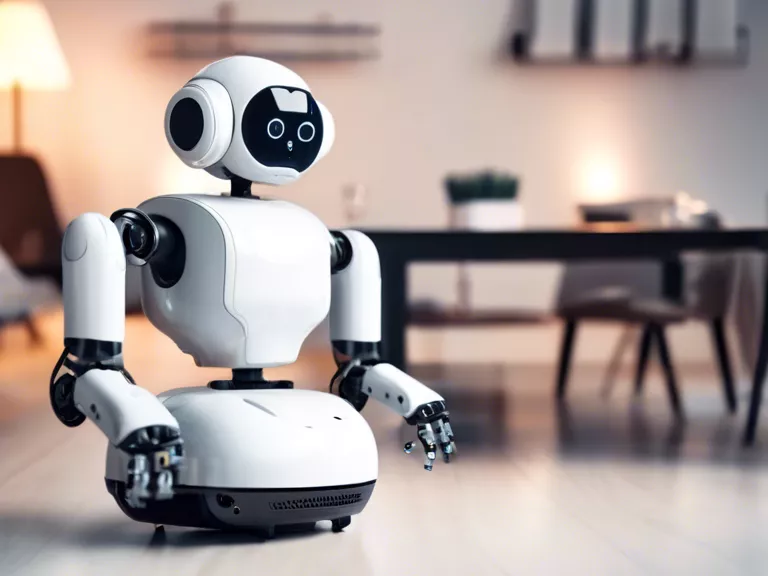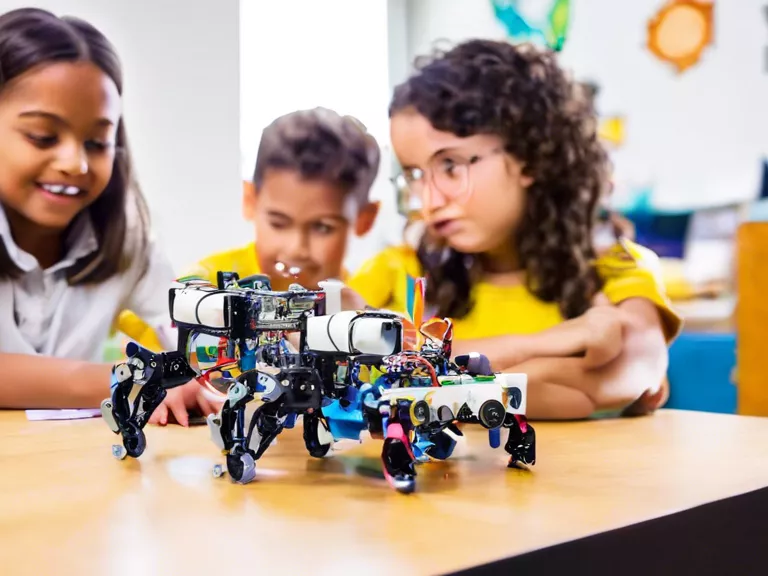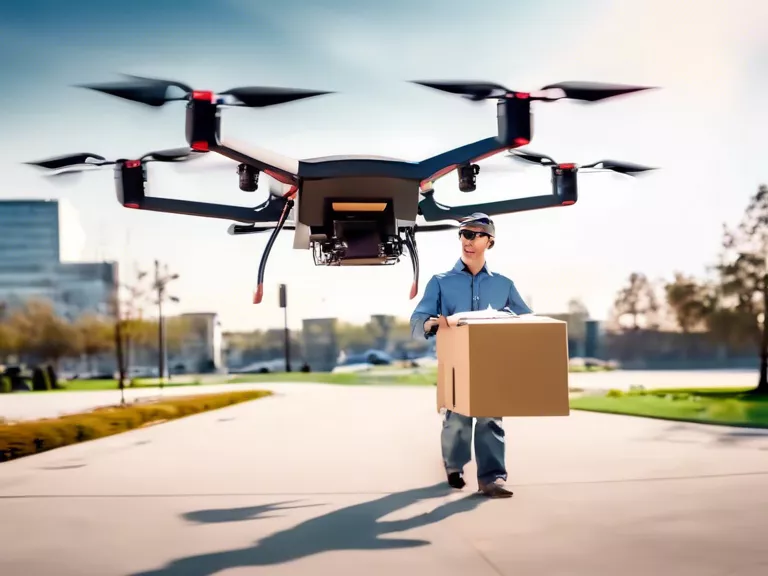
How to Program Basic Robotics Movements for Beginners in Coding
Are you interested in exploring the world of robotics and coding but don't know where to start? Programming basic robotics movements can be a great way to dive into this exciting field. In this article, we will guide beginners through the steps to program basic robotics movements using coding.
Step 1: Understand the Basics
Before diving into programming robotics movements, it's essential to have a basic understanding of coding languages such as Python, C++, or Java. These languages are commonly used in robotics programming and will be the foundation for your journey into robotics.
Step 2: Choose a Robotics Platform
There are various robotics platforms available for beginners, such as Arduino, Raspberry Pi, or LEGO Mindstorms. Choose a platform that suits your level of expertise and budget. These platforms often come with tutorials and sample codes to help you get started.
Step 3: Start with Simple Movements
To program basic robotics movements, start with simple commands such as moving forward, backward, turning left, and turning right. You can use functions in your coding language to control the motors and servos of your robot to perform these basic movements.
Step 4: Experiment with Sensors
Once you've mastered basic movements, you can start incorporating sensors into your robotics programming. Sensors such as ultrasonic sensors, line-following sensors, and infrared sensors can help your robot navigate its environment more effectively.
Step 5: Test and Iterate
As you program more complex movements and functionalities into your robot, it's crucial to test your code regularly and iterate on it. Debugging is a key part of coding, so don't be discouraged by errors and bugs. Learn from your mistakes and improve your programming skills.
By following these steps, beginners can start their journey into programming basic robotics movements. Remember to be patient and persistent, as robotics programming can be challenging but highly rewarding. Happy coding!


